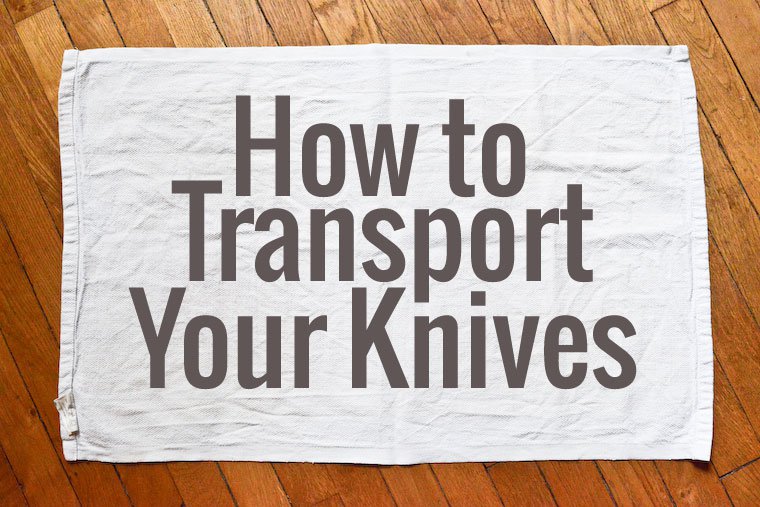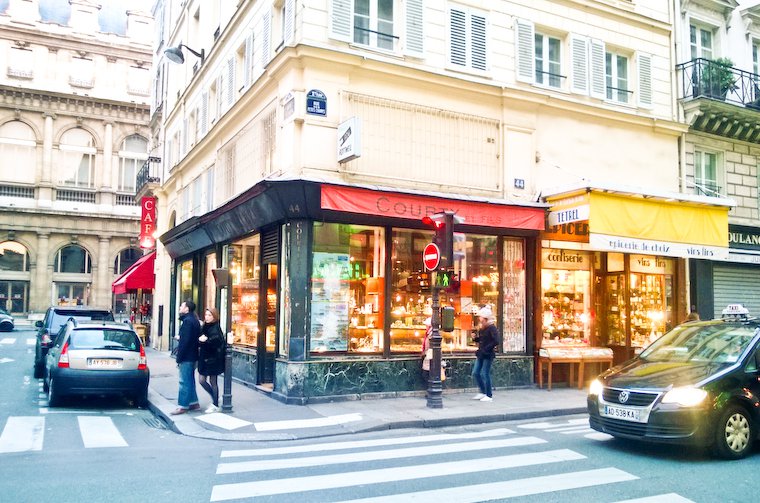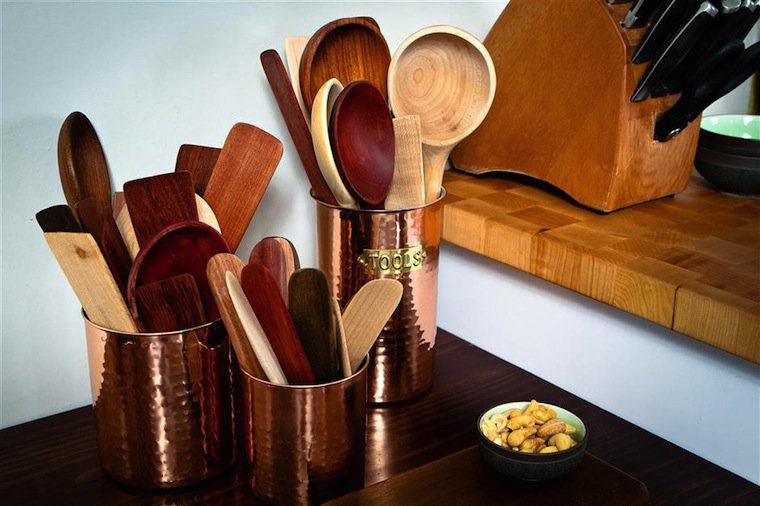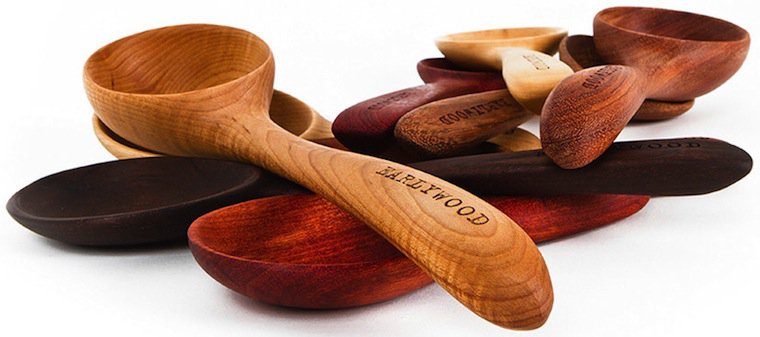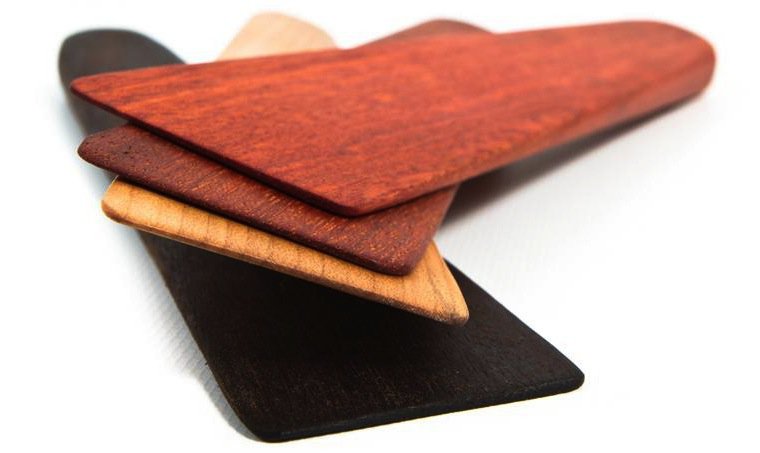I learned how to open a walnut with this cool trick this summer: Maxence and I took a little more time off than we usually do, and the three and a half weeks (three! and a half! weeks!) we afforded ourselves allowed us to embark on a mini-Tour de France to visit with friends and family: from Franche-Comté to the Vosges in the East of the country, then all sails South toward the Périgord, the Pyrenees, Toulouse, and finally Provence.
We ate like kings, as can be expected, and our luggage got heavier and heavier at every stop as we loaded up with various local treats.
The Périgord walnut wasn’t the least of them: about halfway through our trip, we happened upon La Maison de la noix, a shop entirely devoted to the brainy nut. In addition to all the walnut spreads and jams and terrines and cakes one could dream of, I loved that they sold four varieties of walnuts that you could sample — using their cool low-tech nutcracker — and compare.
“Oh, but you can just use any old knife,” she said, and proceeded to show me how, with a deft twist of the blade and very little force, she could tame the toughest walnut.
Most people think of the walnut as being a single thing — a walnut is a walnut is a walnut — but examining and tasting just these four side by side showed how wrong that is, as each displayed a different size and shape, and a different flavor profile, too. The one we liked best was the Lara, a jumbo walnut with a sweet, delicate flavor and very little bitterness. We filled up a big bag and went on our merry way, excited to share them with our friends at the mountain house we were renting together on the Ariège side of the Pyrenees.
But, as you might remember from my minimalist cooking kit, a nutcracker wasn’t part of my traveling arsenal, and the house kitchen — which was otherwise much better endowed than I’d feared — didn’t have one either.
When I shared my dismay with my friend Marie-Laure, she replied, “Oh, but you can just use any old knife!” and proceeded to show me how, with a deft twist of the blade and very little force, she could tame the toughest walnut.
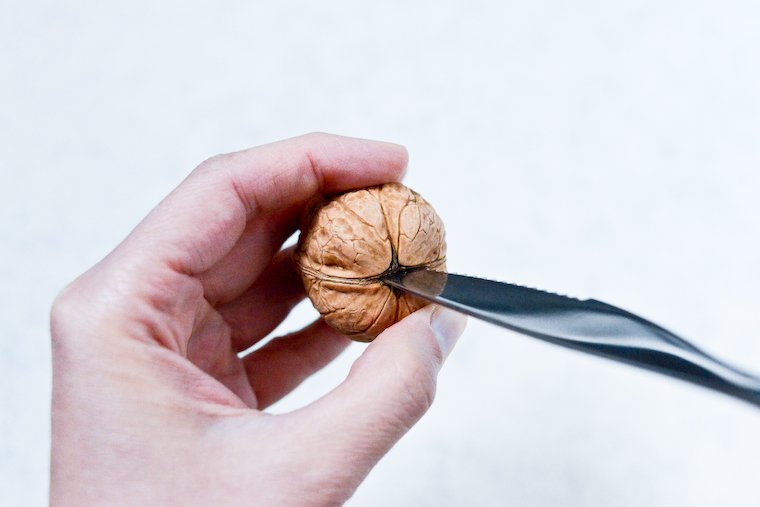
Continue reading »





